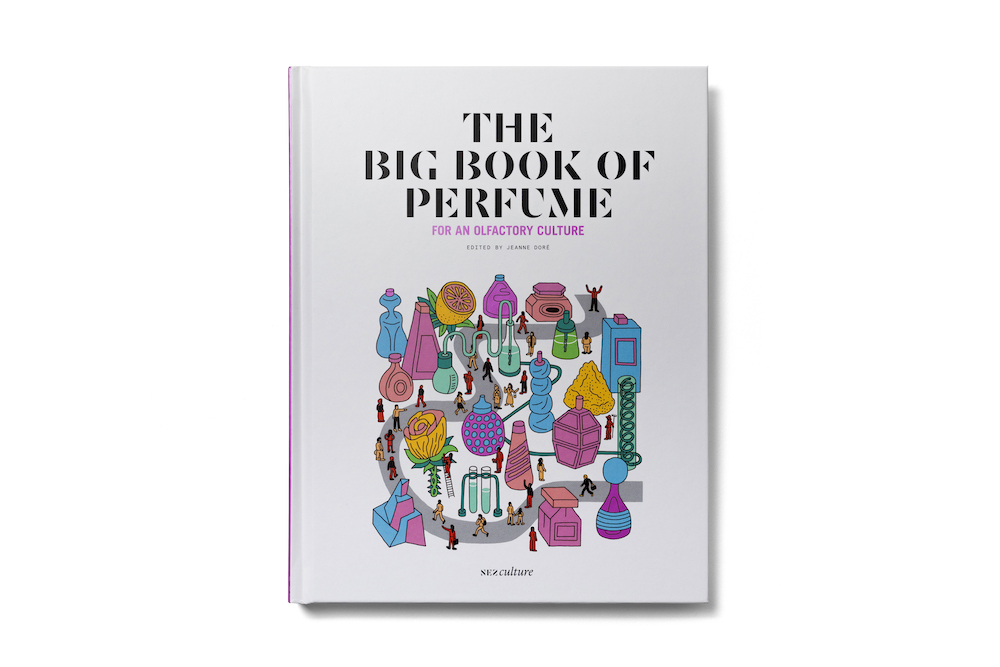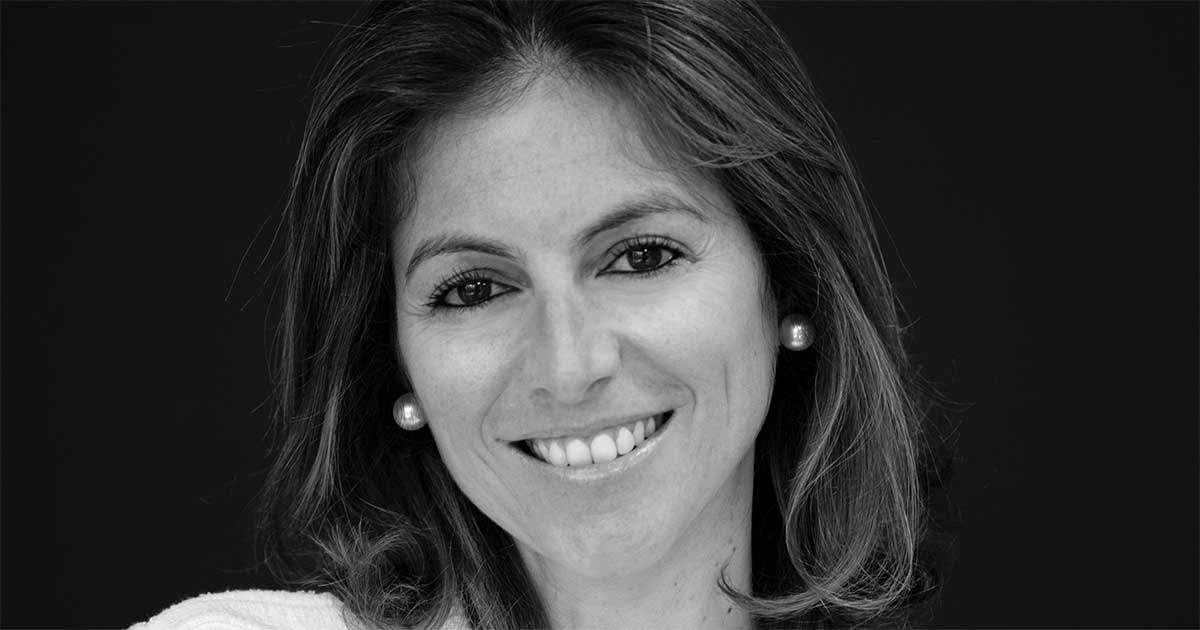Cette publication est également disponible en :
Français
Developing a fragrance involves a lengthy collaboration between a composition company and brand teams. How do these relationships work? Who are the key contacts? What is each party’s role? Beyond the briefs, how do perfumers come up with their ideas? Audrey Barbéra, Global Account Director with Symrise, shares her inside knowledge.
During the development process, how are the tasks divided up at the composition house and brand?
A project can last anywhere between several months to several years, and during this entire period the composition house resembles a giant hive with the perfumer at the centre. The rhythm is dictated by the pace of the submission rounds: from initial ideas to definitive version, these regular meetings are held each time the formula is revised and give everyone a chance to share feedback and check they all agree on the olfactory direction to follow. The entire process begins in an intense creative flurry, followed by the painstaking work needed to fine-tune a fragrance, its profile, evocative power, and performance. From evaluation, marketing, and consumer research to laboratories, R&D, and regulation, all the different departments work hard to support the perfumer. It’s very much the same story at the brand, where efforts centre on project leaders. The role of sales staff at the composition house is to ensure interactions are smooth and coherent, setting out the strategic orientation and coordinating each person’s contributions. It’s a wonderful adventure, and it’s all about a team pulling together to deliver a creative vision.
Do things change depending on which brand you work for?
Development methods can vary in a number of ways. Depending on the client, our lead contact might be the marketing team, the company’s olfactory department or expert, the brand creative director or designer, or a combination of several of them. Depending on their preferences, the initial submission might be a very raw creative accord or a far more advanced proposal. Then during the elaboration process, a perfume may also be tested with the public to gauge its reception, using test protocols and roles that vary from brand to brand. There’s a further parameter that can change everything: although development is generally a competitive exercise, it can sometimes be an exclusive arrangement when a brand has a particularly strong relationship with a perfumer.
How does the team at Symrise work before receiving any particular brief?
A composition house is constantly exploring new creative ideas. Our in-depth knowledge of a brand and its fragrance portfolio, as well as our expert knowledge of the market, can lead us to proactively suggest certain olfactory themes. More generally, the flames of creativity are constantly fanned. Perfumers at Symrise are regularly given a free hand and get involved in other forms of artistic expression. Recently, a project called A World Tour Through Scent teamed them up with the Tendance Floue photographers’ collective and the writers at Nez magazine, a collaboration that gave rise to several exhibitions and a set of 12 creations. Similarly, the Accords exhibition, organised with the team at Journal d’un Anosmique, partnered our perfumers with artists from the visual arts, literature, and music for an olfactory exquisite corpse [a technique used by artists to generate collaborative compositions]. Our R&D team also runs an array of initiatives that seek to innovate by developing original signatures, such as Garden Lab, a collection of new ingredients with surprising facets created from vegetables using an exclusive sustainable extraction technology. These are all powerful sources of creative inspiration, the springboard for forthcoming developments…and great fragrances of the future!

This interview is from : The Big Book of Perfume, Collective, Nez éditions, 2020, 40€/$45
- Available for France and international: Shop Nez
- Available for North America: www.nez-editions.us








Comments